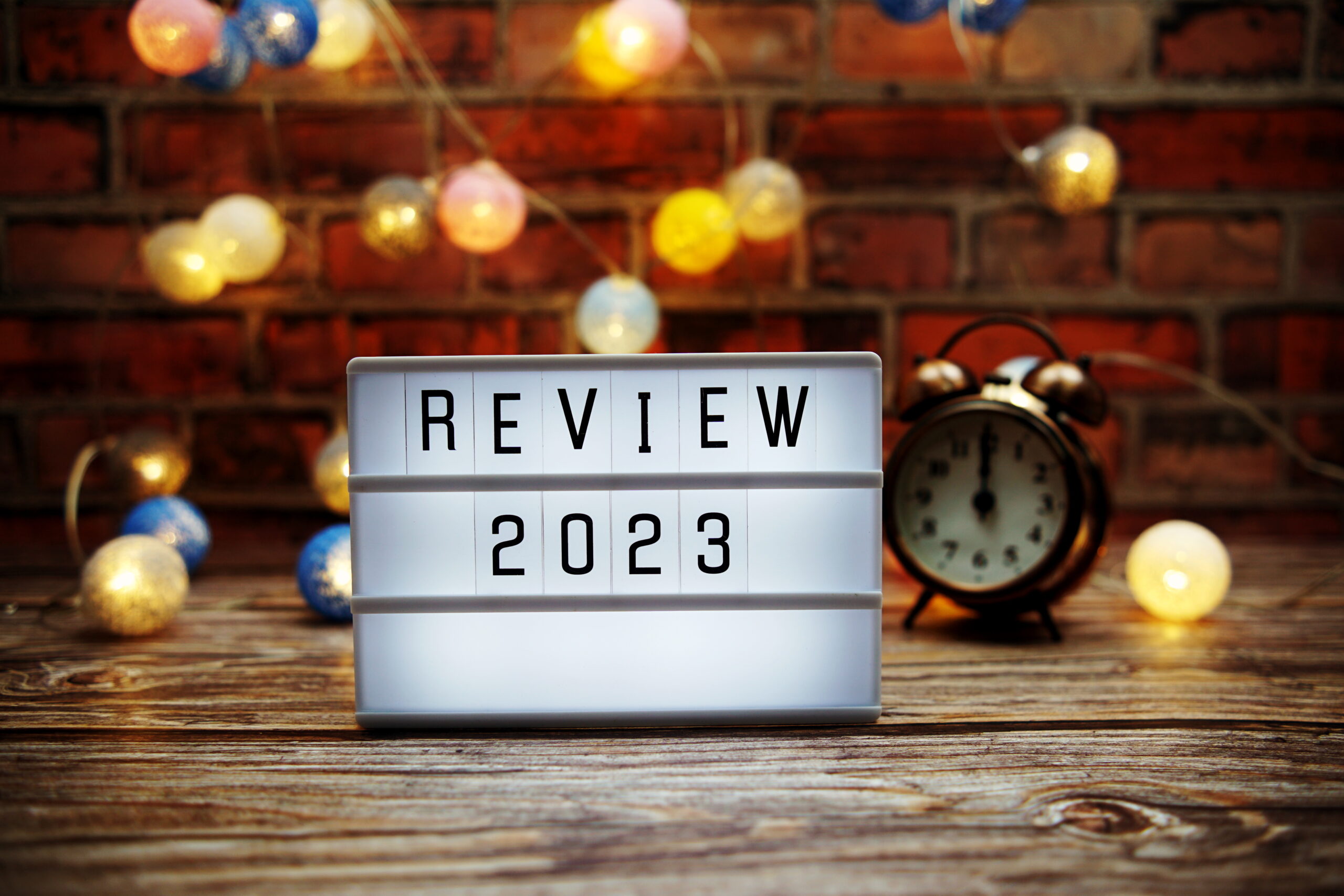You’re at the grocery store, in the gym, or casually relaxing at home when you feel the familiar buzz in your pocket: a new text message.
For many people, text notifications produce a jolt of excitement. Cognitive neuroscientists have shown that when we receive rewarding social stimuli—a text message, for example—certain pathways in our brains become activated. This triggers the release of dopamine, the feel-good chemical in the brain.
It should come as no surprise then that marketers have latched on to text message marketing (SMS marketing) as a way to keep their brands and services top of mind. Not only is there psychology to support the power of text messaging, but there’s also a captive audience. More than half of smartphone users report spending between five and six hours on their phones on a daily basis.
So is SMS marketing an effective marketing tactic for companies? It certainly can be!
Let’s dig a little deeper to define exactly what SMS marketing is and how you can make it work for your brand.
What is SMS Marketing?
Short Message Service (SMS) marketing is the practice of marketing to consumers via text messaging. Companies frequently use SMS marketing to promote sales and limited-time offers. Texts can also be used for transactional communication like order confirmations, shipping notifications, shopping cart reminders, and to collect feedback post-sale.
One of the most compelling reasons marketers decide to experiment with SMS marketing: the open rates it generates. More than 95 percent of text messages that are received are opened and read. Email marketing and even social media marketing rarely see comparable open rates and engagement rates.
How Do You Get Started with SMS Marketing?
You’ve collected mobile phone numbers from current and prospective customers. Now what? First you’ll want to find an SMS marketing software platform.
Some of the most popular text messaging platforms include Twilio, SimpleTexting, EZ Texting, TextMagic, and Attentive. The best solution for your business needs will depend on various factors, but generally, you’ll want to ensure the platform:
- Gives you the capability to send messages in bulk from a list of prospective or current customer mobile phone numbers
- Allows recipients to reply back and engage in a conversation with your brand
- Enables multi-media content like images and videos to be sent in your messages
- Offers segmentation so you can craft the right personalized messages to your contact list, and automation so those messages can be sent at the right times
Additionally, you’ll want to make sure the platform makes it easy for contacts to opt-out of receiving messages.
Get Permission First
You’ve created your list, crafted your message, and now you’re ready to send it. Not so fast! Federal Communications Commission regulations explicitly ban text messages sent to mobile devices unless contacts give consent to receive the messages.
What’s the best way to get the green light? Many companies offer special promotions to persuade customers and prospects to subscribe to their texts (e.g. ‘Save 10% on your order when you text code NEWBIE to 12345’). Companies that generate the most successful SMS campaigns also provide as many opportunities as possible for people to subscribe—on their website, from their email campaigns, on social media, and while using their app.
However, it’s equally as important to make it easy to unsubscribe if a customer no longer wants to receive text notifications from your company. On most platforms, it’s as simple as typing a specific keyword like ‘STOP’ to be automatically removed from a list.
Certain mobile carriers, like AT&T, have guidelines that require unsubscribe instructions to be added to messages that are sent from a toll-free phone number.
Remember, your focus should always be building and maintaining trust with consumers. If you spam them with unwanted text messages and provide no path to the exit, they’ll be less likely to do business with you in the future.
How Do You Create an Effective Text Message for Your SMS Campaign?
Here are some tips to keep in mind as you set out to craft the perfect text message to engage with your customers:
Keep it short and get to the point.
This isn’t the time to share your brand story. With only 160 characters to work with, brevity will become your best friend. Think of the first few words of your message as the subject line, and let the recipient know exactly what action you want them to take.
Do you love using emojis? Your campaign can definitely benefit from tasteful, strategically placed emojis. Studies show 72% of consumers feel positive about brands that use emoticons. Using emojis in your texts can also increase open rates and make your brand feel more approachable and human.
One important point to note: Depending on the platform you’re using, including emojis in your SMS campaign may come with an additional cost.
Always add value.
Make sure you have a good reason to show up in your customers’ messages. While many customers would welcome notifications about exclusive offers and first-to-know announcements, they may not be as receptive to sales gimmicks.
Make it personal.
SMS messaging is one of the most personal forms of communication you can have with your customers without being face-to-face. It’s arguably even more personal than email marketing, since users are more likely to check their text messages than to check their email—especially when they’re on the go. It’s a direct connection from you to your customers’ mobile phone, no matter where they may be or what they may be doing.
Because of this, you should try to personalize your texts. Make your customers feel important and exclusive. For example, some SMS marketing platforms allow you to add a dynamic field that will automatically pull in your customers’ first name. That way, your message appears to directly address each and every recipient personally.
Be mindful of send times.
No one wants to be rudely awakened by a text message at the crack of dawn or distracted by the buzzing of their phone during a family dinner. Explore the best send times for each segment of your contact list.
Avoid sending text messages on Mondays if possible—Mondays have the lowest response rates—and stick to send times during normal business hours. Don’t forget to consider time zones, especially if your customers are spread out across the country.
Create a cadence.
The only thing your customers will find more annoying than sending them text messages at inconvenient times? Sending them too many texts.
You should have a set cadence for how often you’ll text your subscribers. Just like you don’t want to overwhelm your customers’ social media feeds by posting too much lest you risk an unfollow, you also don’t want to overwhelm their text inbox with too many messages, lest you risk an unsubscribe.
The frequency of your messages depends on your objective. For example, if your goal is to convert customers and get them to purchase your product, your cadence will likely align closely with your promotion schedule.
The important thing about setting a cadence is sticking to it. A sharp increase in the number of texts—say, from once a month to once a day—will likely cause customers to unsubscribe.
Bring in the experts.
We get it. Not everyone speaks marketing, and that’s okay. Stick to what you know (your brand!) and leave the rest up to us.
Ready to start connecting with customers and prospects where they’re already spending their time? Reach out and let’s talk about how an SMS marketing campaign can fit into your current marketing strategy and goals.



